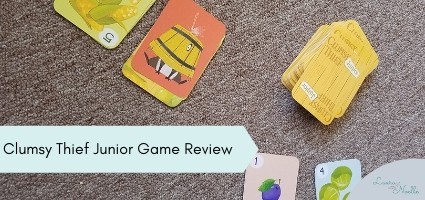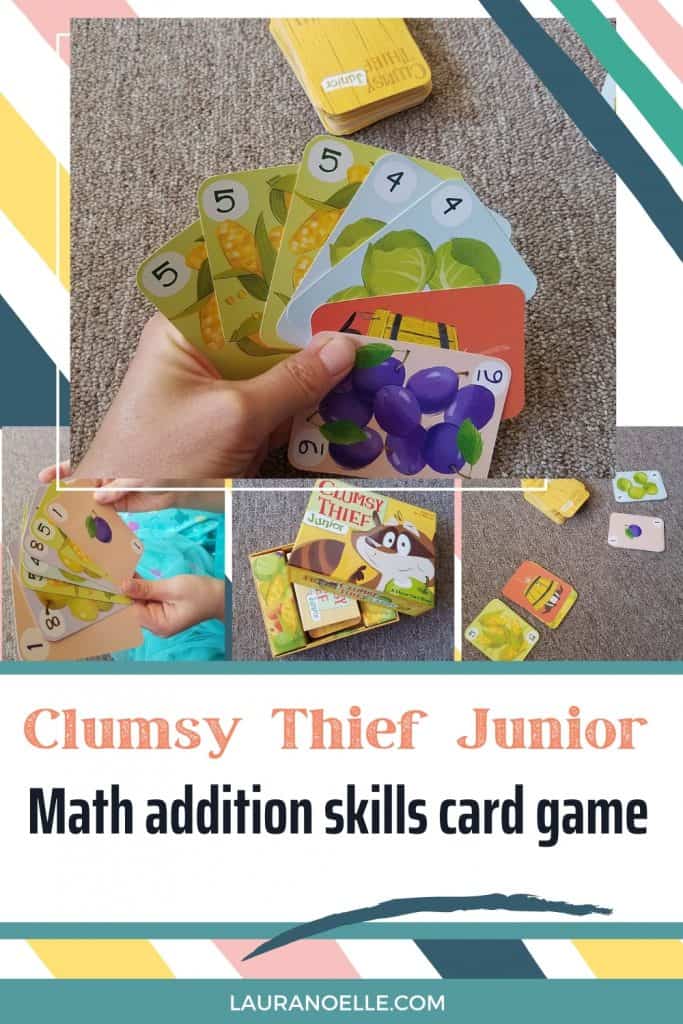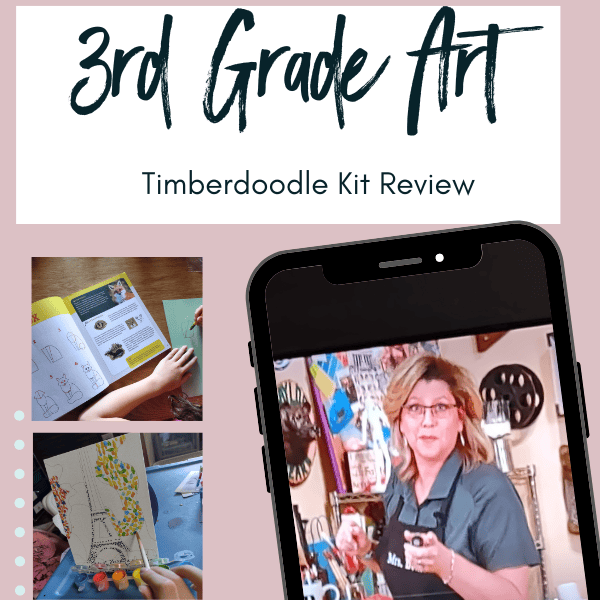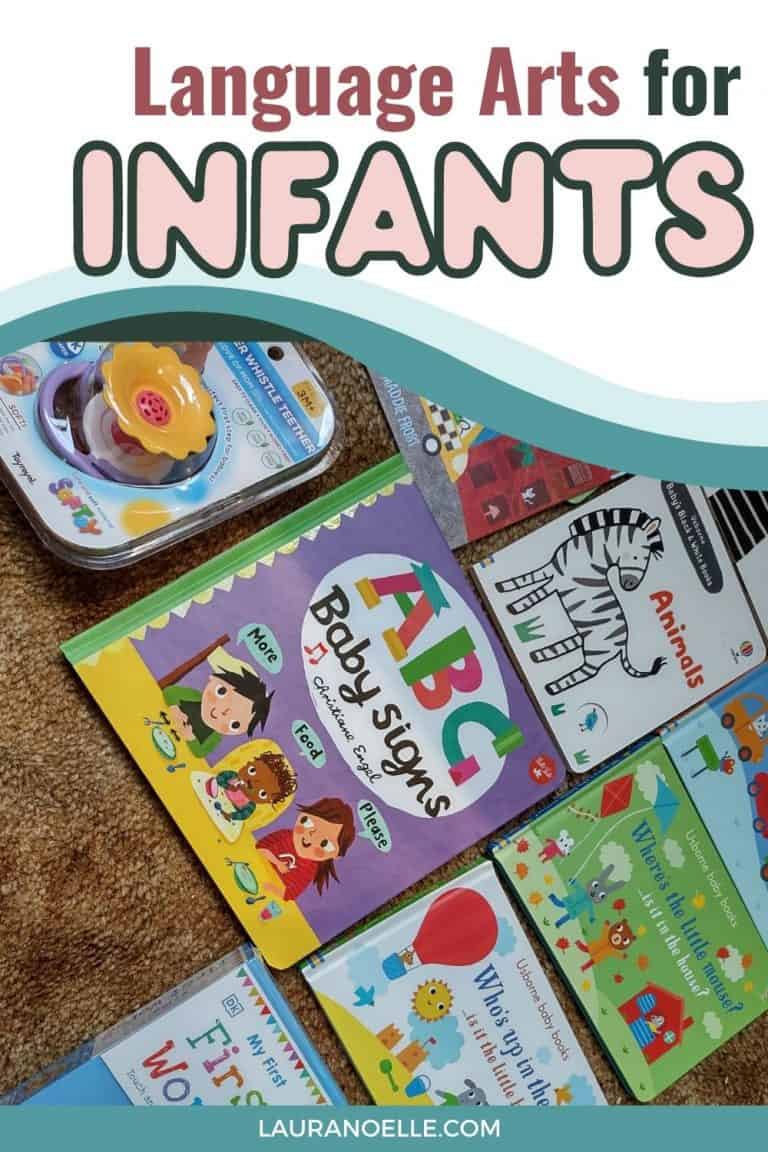Making Math Fun || Clumsy Thief Junior Game Review
This post may contain affiliate links, which means I may receive compensation if you make a purchase using one of these links.
Learning to add numbers is a huge step in early education, and counting on fingers can become a habit. The good news is that games can help kids grasp mental math skills in a fun way!

Clumsy Thief Junior is a compact card game for 2-4 players, and recommended for ages 5 and up.
A special thanks to Timberdoodle Co. for graciously sending us a complimentary copy of Clumsy Thief Junior in exchange for our honest review.
Clumsy Thief Junior Overview

What better way to get kids to enjoy math than to entice them with a clever game that will entertain and stimulate critical thinking. Clumsy Thief Junior features a deck of 76 cards incorporating food, raccoon thief, and trap cards.
The object of the game is to mentally add two numbers on food cards together to make 10. These become food piles that are played and stolen. In the end, the winner is the one with the most food cards in their possession.
Playing Clumsy Thief Junior

To start the game each player gets a hand of cards and follows the three steps of game play. First, everyone looks at their hand of cards and sets down pairs of cards that are the same food that add up to 10. For instance, two corn cards that are 5 each are a stack. After making as many stacks as you can from your hand, the craziness begins.
At the sound of “Go!” all players look at their remaining cards and if they have matching food cards that will add up to 10 based on the top card of other player’s stacks, they can put that card on top and “steal” the stack. Someone else can then “steal” that stack right away if they have a card that adds up to 10. You can also add to your own stack as well. This all happens at once until all playable cards have been used from the hands.
There are raccoon thief cards in the deck that can be used to steal any stack, and also trap cards that can trap raccoons or prevent others from stealing your stack.
Cards are then replenished from the card deck and rounds continue to be played until all the cards are used up. The winner is the person who has the highest number of cards in their stacks.
What We Thought

My 5-year-old has not yet learned addition, so we played this game “open hand” where I helped her identify what cards she could play. I was surprised at how quickly she picked it up and began to identify the various configurations for 10 (1 and 9, 2 and 8, 5 and 5, 4 and 6, 3 and 7). While she still needs help to fully use up her hands, the more we play it, the more she can do on her own. I was truly thrilled to see how fast she started learning mental math without even one school “lesson”!
In our opinion, this game is quick, fun, and engaging for both children and adults. I can attest that I really enjoy playing it and my daughter has a blast with the stealing and snatching of stacks. This is an incredible game for family fun and learning math skills!
Final Thoughts on Clumsy Thief Junior

My kindergartener was drawn to the cheeky raccoon and doesn’t even realize she’s doing schoolwork. When asked what she thought of the game she said “I love it so much–it’s great!”
Clumsy Thief Junior is available from Timberdoodle Co individually, and also as part of the Timberdoodle 2021 Kindergarten curriculum kit, found here.
Related Homeschooling Content
• Let’s Tell Stories || Imagidice Review
• Math for Kindergarten || Timberdoodle Elite Kit Review
• Bugzzle Pattern Puzzle Review || Math Concepts to Grow With
WANT TO SAVE MAKING MATH FUN || CLUMSY THIEF JUNIOR GAME REVIEW FOR LATER? PIN TO YOUR FAVORITE PINTEREST BOARD HERE:








One Comment